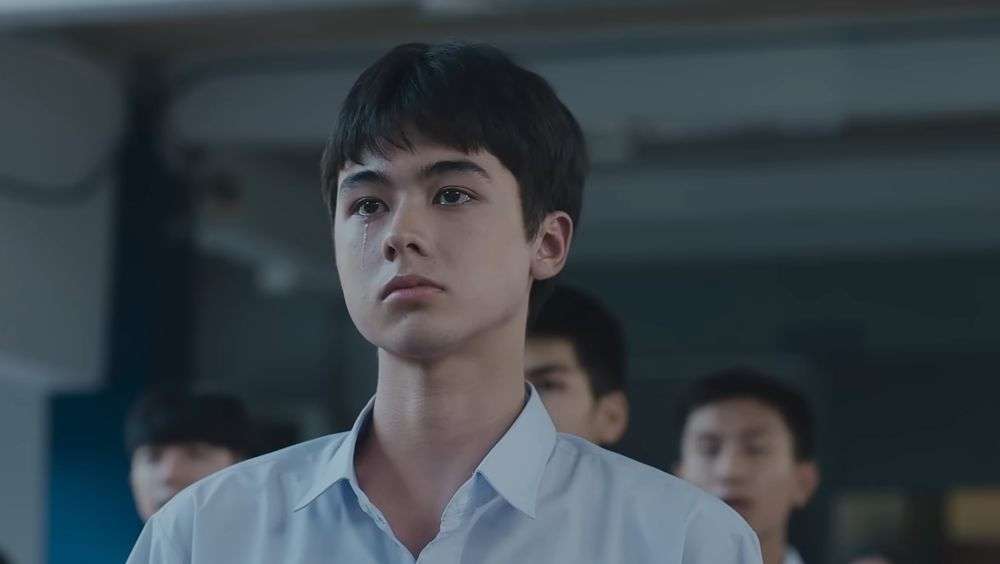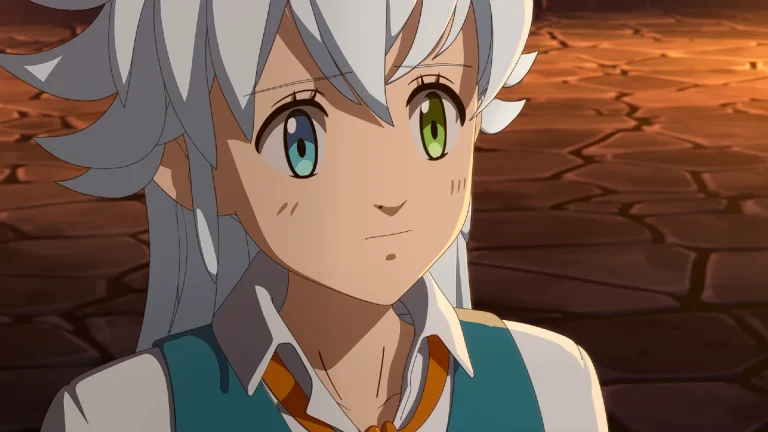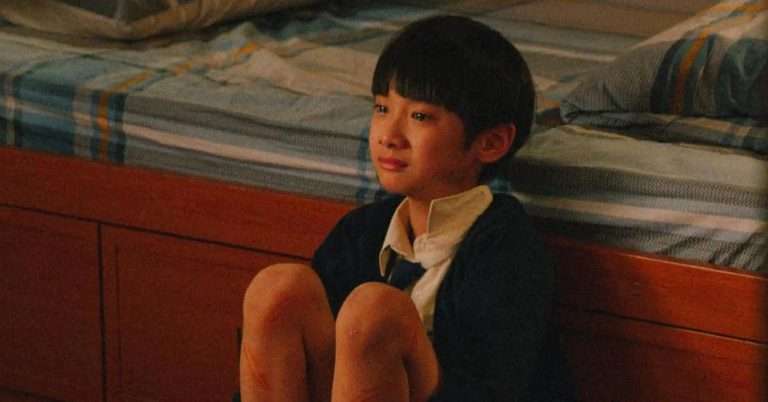Is anyone longing for the days of school? Except for homework and mild sleep deprivation, I think everyone would. The laughter lasted until the very end of class, which was likely the only time when problems weren’t keeping us awake. Looking back on our school years, it’s clear that many of us maintain occasional contact with our classmates. But have you ever thought about school friends who were previously an integral part of your life but are now simply absent? Atta Hemwadee’s “Not Friends” might just be your reminder alarm.
Joe, Pae, and Bokeh are three uniquely youthful students. They are the narrative’s central characters. Joe lives for the joy of others and is a dreamer at heart. His devotion as a therapist is contagious, and he has the kind of smile that can light up anyone’s day. Although his interests are mostly kept under wraps, we see that Joe is very passionate about filmmaking and basketball. When new student Pae arrives at school, he gives off an impression that is diametrically opposed to Joe’s. Introverted, lifeless, and misanthropic, Pae seems to have a million confusions that break up his peace from time to time.
He is aware of the importance of his responsibility for his family and future. However, he doesn’t have the right mind to decide what’s best for him. Bokeh wants to do what’s best for her and Joe – maintaining a solid friendship. She possesses unwavering integrity and is the embodiment of friendship. She is determined to pursue every avenue until she reconciles with Joe, as past arguments severely damaged their relationship. Would you believe me if I said right now that one of them will die?
This is filmmaker Atta Hemwadee’s core strategy to reveal the process of discovering a person through the introduction of death. The deceased’s traits are pieced together from a jumble of recollections and assumptions supported by written records such as diaries and notes. For instance, Joe’s inner qualities and desires are detailed in his bucket list, which he keeps in his diary. Pae, who needs the details of Joe’s life to make a short film, begins to learn about Joe gradually through interviews and diary research. Here, we discover how a mere short film journey is powerful enough to bring a deceased person back to life.
We also witness how trauma and poor mental health have affected these individuals and led to their silent survival. Joe, who is secretly joyful and upbeat, has financial problems that he buried deep inside. Pae is frequently subjected to unfair treatment because of his living situation and has a history of violent acts. Situations where students, including teachers, cover their noses when Pae passes by them due to a flour mill smell from his home affect him gradually. Additionally, he is under continual pressure from his father.

His father warns that he will have to work in the mill alongside him if he does not succeed in getting into college. As a result of being the one most affected, Pae is also the most determined, in contrast to Joe and Bokeh. As a result of Joe’s separation, Bokeh always feels an overwhelming sense of guilt. The audience would empathize with Bokeh’s struggles as she strives to be a decent person for Joe and do justice to his memory.
Laughter is interjected to educate the audience and to keep things light-hearted. Basically, it is a comedy teen drama that shares a vibe similar to “Paper Towns” by Jake Schreier. Moreover, it reminds us of the 2016 Japanese animated film “A Silent Voice” in certain ways. Simple, ironic humor with a touch of naivety is used to cater to Gen Z. Additionally, the director refrains from using repetitive jokes. Instead, he opts for more sincere and clever ones here. On the other hand, the film manages to offer a complete package of emotional connection by balancing comedic elements with sentimental qualities. It seems the filmmaker is trying to tell us that we are all flawed somehow. Take Pae, for example – despite his total lack of social motivation and filmmaking talent, he made progress towards bettering himself and keeping his word.
Elements of selfishness and betrayal are also depicted in the film. Someone once said, “Everyone is a mystery,” and I suppose this proves it. The film’s climax twist that shocks both Pae and Bokeh highlights this statement, where they learn a dark revelation about Joe. Pae and Bokeh’s relationship quickly becomes strained, leading to a significant misunderstanding. At this point, the film shifts gears from a comedic tone to a full-on drama about sacrifices and coming-of-age choices.
Ultimately, the performance of Anthony Buisseret as Pae is the show-stealer. His expressive body language is an excellent showcase for his nuanced portrayal of Pae. Talent shines within his acting skills, evidently in the scene where he gains support from his school for his short film plan. It was truly unique to see Buisseret’s performance, in which he goes from being an introverted character to an exuberant and encouraging individual. In addition, Boom Suvagondha has provided the perfect melodic background music for complete escapism.
“Not Friends,” nominated at IFFR this year, is an uplifting film one must watch during a lonely day. Through the course of the viewing session, viewers will internalize the value of honesty, friendship, trust, and memories. It appears reasonable to say, “Life is too hard to understand who a person really is.” Everything that occurs in life serves a purpose, and the film encourages its audience to believe in this idea of destiny. It might serve as a catalyst for finding solace or a poignant reminder of the friendships we’ve lost along the way. Thus, director Hemwadee teaches us to value even the tiniest glimmer of optimism within ourselves through his film.



![There Are No Saints [2022] Review: A bleak but traditional Revenge drama](https://79468c92.delivery.rocketcdn.me/wp-content/uploads/2022/04/There-Are-No-Saints-2022-768x432.jpeg)


![The Favourite [2018] Review: Lives Up To Its Name](https://79468c92.delivery.rocketcdn.me/wp-content/uploads/2018/12/The_Favorite_HOF-768x512.jpg)